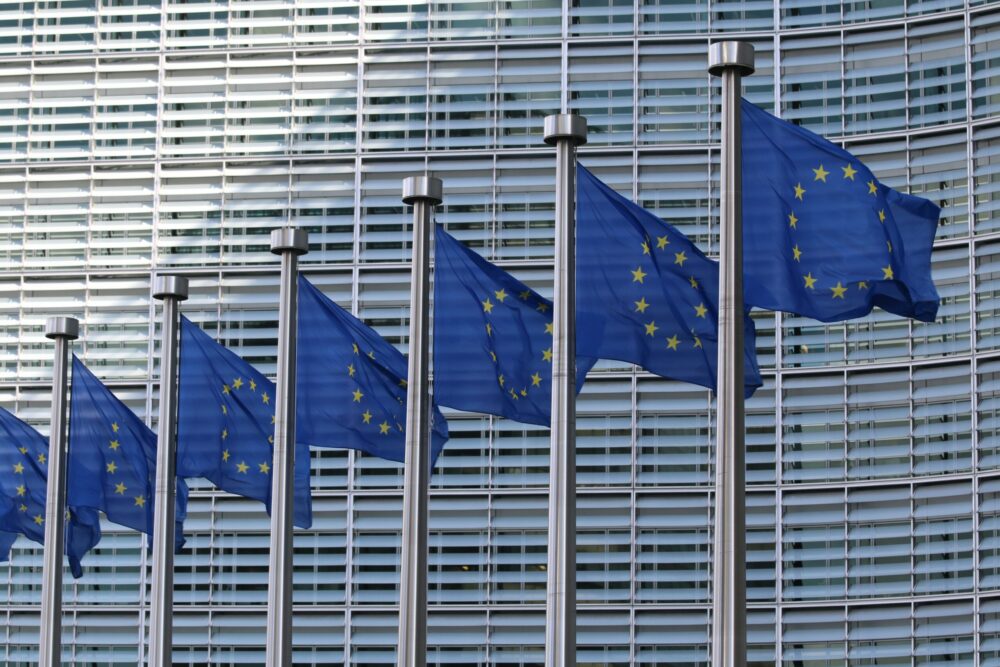Demand for energy storage is growing rapidly as the electrification of transportation accelerates and the global economy shifts towards intermittent wind and solar generation. One recent study estimated a 14-fold increase in battery demand globally by 2030 to support rapidly growing EV and grid-scale energy storage needs. While this is good news for the green energy transition, it will drive increased demand for the raw materials used in battery manufacturing. In the case of today’s predominant battery technology, lithium-ion (li-ion), this comes with its own environmental challenges. In addition, these li-ion systems will ultimately require disposal following their service life and the risks associated with electronic and technological waste are becoming increasingly apparent. As a result, there is a growing body of new legislation to minimise the impacts of new battery deployments, focused on reducing their carbon and raw material impacts, and to promote sustainable end-of-life disposal.
One example of this is the new European Batteries Regulation which goes a long way to address these impacts and was conceived to achieve two primary goals: first, to build more sustainable batteries; and second, to ensure that batteries are recycled or reused at end of life to avoid landfilling and promote a circular economy.
Goal One: Sustainable Battery Manufacturing Li-ion batteries rely on specific critical mineral resources, such as lithium, nickel, manganese, cobalt and graphite. The extraction process for these minerals can be very resource intensive with significant potential environmental impacts including possible soil degradation, water shortages, biodiversity loss, damage to ecosystems and carbon emissions. For example, the extraction of one ton of lithium requires 500,000 litres of water.
To reduce the environmental impacts of battery manufacturing, new EU regulations will regulate the quantity of harmful content. This will be verifiable through new, accessible QR codes or digital “battery passports,” which provide consumers and professionals throughout the value chain with detailed information about each battery’s chemical composition and carbon footprint.
Goal Two: Ensure Batteries Are Collected, Reused and Recycled
Li-Ion batteries are partially recyclable, but the process is difficult and complicated due to the reactive and toxic components which require qualified technicians and specialized e-waste recyclers to disassemble and recycle them. If not recycled properly, chemicals from discarded li-ion batteries can contaminate water supplies and ecosystems and also cause fires at waste handling facilities and landfills. To overcome these risks, the new regulation sets targets for the collection of battery waste, and establishes goals for recycling efficiency.
From 2027, battery passports that trace batteries from manufacture to disposal, will also need to include details on recycled content. From 2025 and 2030 (depending on the mineral) new mandates will require minimum levels of recycled content in each battery, minimum rates of recovery for each specific material, minimum recycling efficiency rates, and set collection rates for batteries to be returned to companies.
All of these figures are set to rise over time, to protect the environment and shift towards a more circular energy economy.
A Welcome Step
At ESS, we welcome this step to ensure that energy storage can deliver on its full potential to drive the clean energy transition. While these regulations will be critical to manage potential impacts from li-ion batteries, new energy storage technologies, such as the iron flow systems manufactured by ESS, inherently avoid many of the risks associated with li-ion. ESS systems have the lowest life cycle carbon footprint of any storage technology due to the use of Earth-abundant minerals, commonly available components and highly recyclable materials. ESS electrolyte is primarily iron, salt and water and can be reused at end of life or safely disposed of by conventional wastewater facilities without significant additional treatment.
ESS systems are also designed for the long-term: a 25-year design-life with unlimited cycling, no capacity fade and no need for augmentation.
A Sustainable Energy Future
This regulation is an effective step in strengthening sustainability and waste rules for batteries. As the global shift towards zero-emission technologies continues, we hope that additional jurisdictions will take similar steps to tackle environmental, ethical and social risks in the clean energy supply chain. This will drive continued innovation and ensure that the technologies underpinning the clean energy transition contribute to a brighter and more sustainable future for all.

